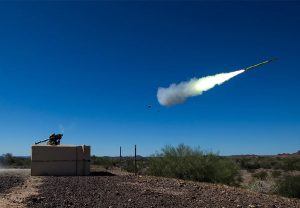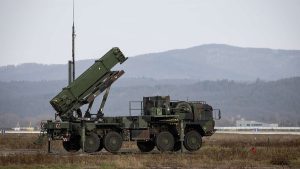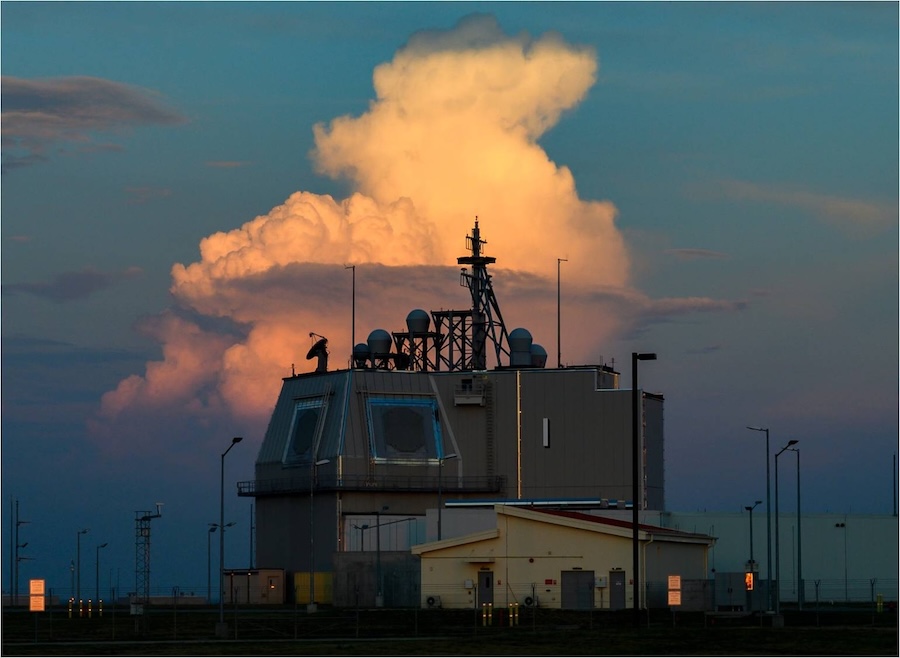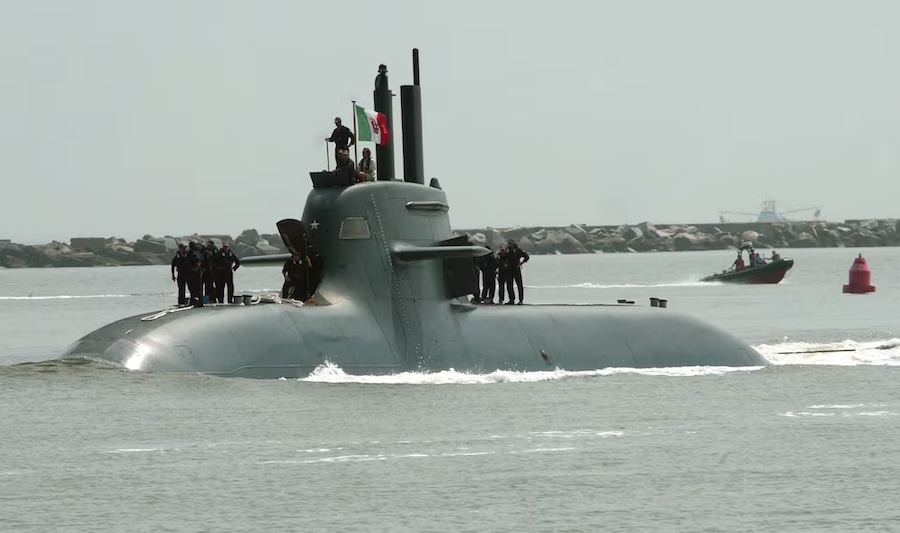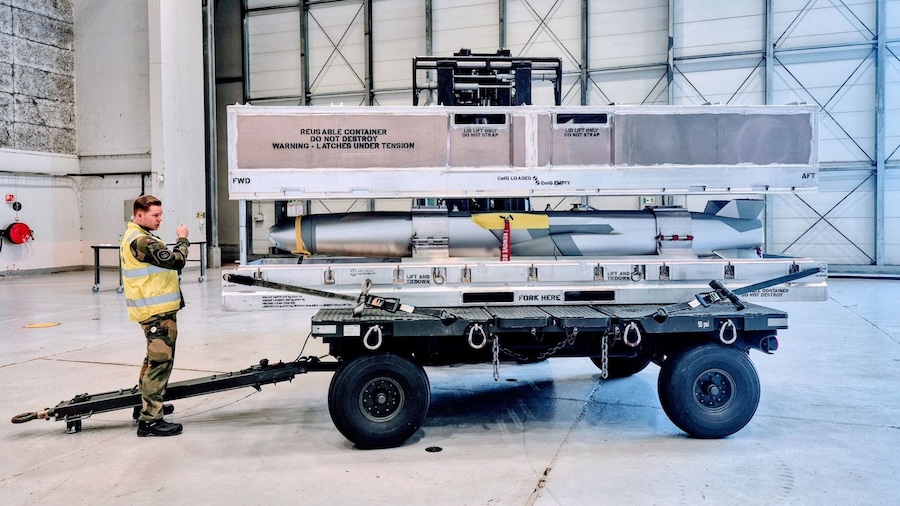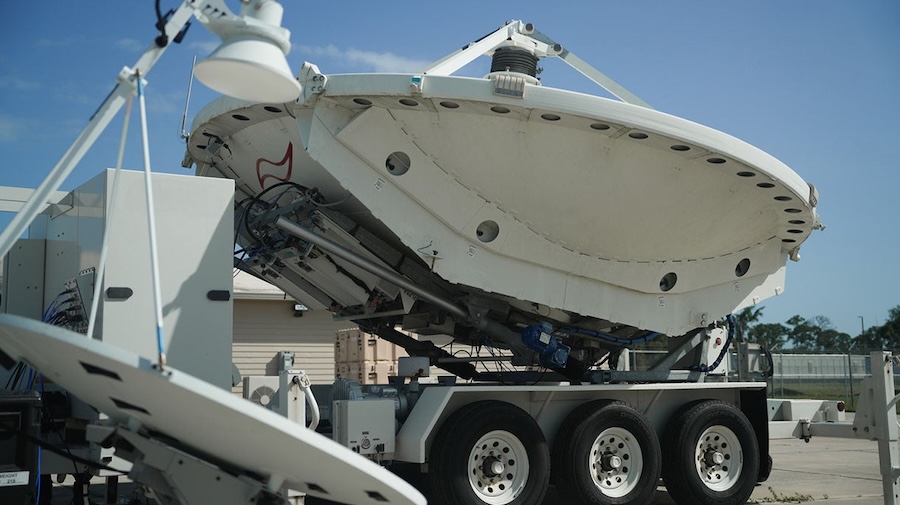“We could track this for a year. We have such cruise missiles and a class of fundamentally different drone missiles — Palyanytsia, Peklo, Ruta, Bars,” Smetanin stated at the event. While Bars was unveiled alongside other cruise missile systems, no further technical details were disclosed during the briefing.
According to the BBC’s source, Bars is a private sector development and shares similar specifications with the Peklo cruise missile. It is classified as a medium-range system with an estimated range of 700 to 800 kilometres.
A key feature of the Bars missile is its suitability for mass production within Ukraine. The system is expected to enter service with Ukraine’s Defence Forces shortly to support deep strikes against Russian military infrastructure.
As reported by Militarnyi, Ukraine’s domestic missile production increased eightfold by the end of 2024. This production surge enabled regular deployment of ballistic missiles and extended-range versions of the Neptune cruise missile.
In November 2024 alone, Ukraine’s defence industry reportedly produced more than 100 missile systems. That same month, President Volodymyr Zelensky announced Ukraine’s intention to manufacture 3,000 cruise and drone missiles in 2025 to strengthen the country’s strike capabilities.
Earlier, Defence Minister Rustem Umierov confirmed that serial production of the R-360 Neptune cruise missile had been successfully scaled up. “The serial production of R-360 Neptune cruise missiles with improvements to hit targets at longer distances has been successfully scaled up,” Umierov stated.
In March 2025, President Zelensky confirmed that the Neptune system’s range had been extended to reach targets up to 1,000 kilometres away. Additionally, in August 2024, Ukraine successfully tested a new ballistic missile system, marking another milestone in its growing missile programme.









